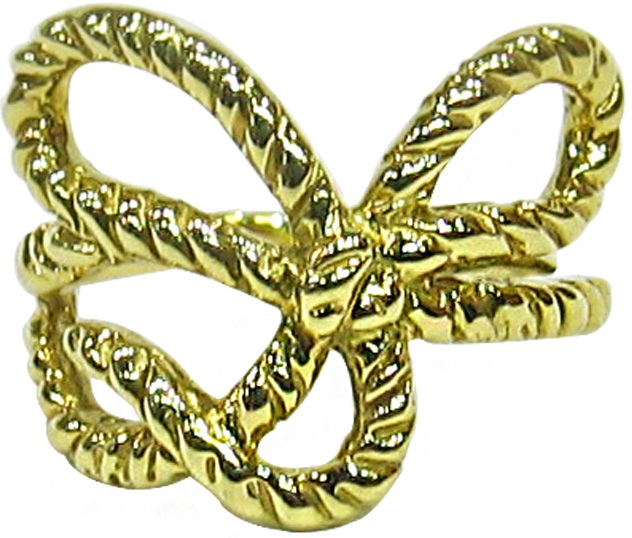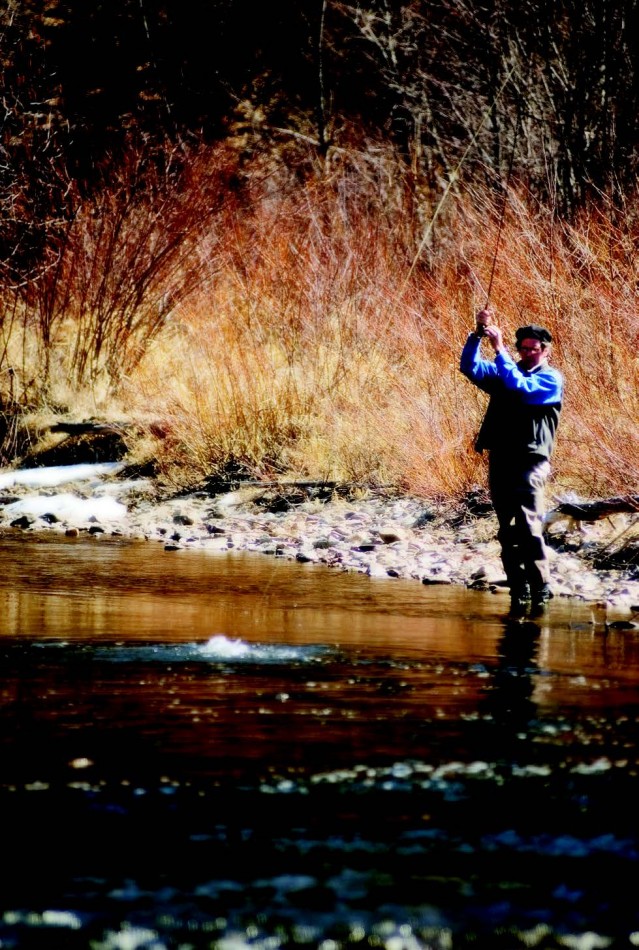written by Peter Murphy | photos by Talia Galvin
In Chiloquin, a tribesman held a hand drum at the Sprague River’s edge. He closed his eyes and readied for the opening prayer at the annual Return of the C’waam Ceremony.
Members of the Klamath Tribes surrounded him. Most wore heavy jackets. Some wore slender gloves, even though the tradition heralds the end of winter and the time of spawning migration, when the c’waam move from quiet waters to faster waters.
The light greyed out the brambles on the riverbank behind them. A bonfire at the center of their ceremony was the source of energy for events to come. The prayer leader, selected by the Klamath Cultural and Heritage Department, gave thanks for the return of the c’waam to the indigenous people.
The c’waam, also known as the Lost River sucker, has sustained the tribe during hard times. According to native lore, watchmen stood along the riverbanks to see when the fish would return. This time of year also marks a transition to planting crops and maintaining a watch for migrating deer and elk.
The first prayer, a song, called for the ancestors to come and take part in the ceremony. It brings the native people closer to the creatures of the waters. The people gathered around the bonfire, which became the funeral pyre to cremate the first c’waam—long-snouted and with a small hump, reaching almost 34 inches in length. Damming and habitat fragmentation led to this once-thriving, abundant Lost River sucker being placed onto the federal endangered species list in 1985. In 2015, it became one of the few fish to have been de-listed from its endangered designation due to a healthy recovery.
The cremation of the c’waam honors the way that their spirit ancestor Kemukumps-Gmok’am’c did. Participants offer cedar needles and tobacco, while Klamath chairman Don Gentry addresses the group. “Do the ceremony because it’s the right thing to do,” he said. “To honor the creator and to pray for these fish to return.”
“We’re fish people,” said Perry Chocktoot, director of the Klamath Culture and Heritage Department. “To bring the fish back to where they came from and carry on our traditions is why we do this.”
The Klamath Tribes are hopeful for the removal of dams along their namesake river in order to restore the historic fish runs that at one time filled it. Chocktoot said, “We must support whatever process that restores the fish.”
As the group turned to leave the ceremony, a light snow began to fall. A young Klamath woman remarked, “It’s our ancestors coming back to greet us.”









